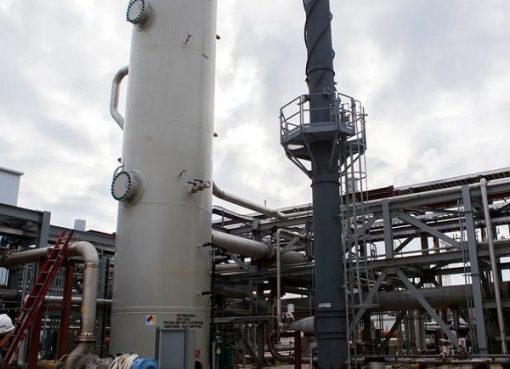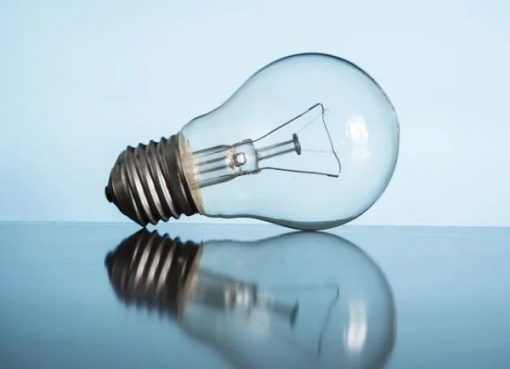Danielle George is using her term in office as president of the IET to ‘champion difference makers’. Here she discusses her favourite technology and engineering icons of the past.
The IET’s 150th anniversary is a fantastic opportunity to celebrate our rich history, says George, despite the fact that “engineering sometimes has a perception problem and is often misunderstood. We’re going to use the anniversary year to change this by focusing on young people around the world who perhaps aren’t aware of the possibilities a career in engineering can bring. We want young people to know that whether they are into sports, music, fashion, flying, healthcare or improving our climate, there is a place in engineering and technology for them. Engineering, technology and science will be the key to all the great advancements in the next century. You only have to look at the developments made in the management and treatment of Covid to understand the importance of these professions.”
Understanding our history is important says George. “We’ve come a long way from the foundation of the Society of Telegraph Engineers in 1871 to the creation of the IET in 2006,” she explains, and the world has changed since Victorian times, “but one thing that still connects us with our history is that engineers continue to solve many of the challenges facing communities across the globe”. She says that to put the future of engineering in context, we need to shine a spotlight on the “heroes that made monumental changes to the world and are the reason our lives are the way they are today”.

Her first hero is Oliver Heaviside, a self-taught mathematician, physicist and engineer who adapted complex numbers to the study of electrical circuits. Although at odds with the scientific establishment for most of his life, “Heaviside changed the face of telecommunications, mathematics and science”, George believes.
Next she cites Lord Kelvin, who in 1848 “created the absolute temperature scale. He also advised on the first trans-Atlantic telegraph that allowed people in the UK and Europe to communicate instantly with people on the American continent for the first time in human history.” Of similar significance is Tim Berners-Lee, who invented the World Wide Web: “Tim worked for years to create the fastest-growing communications medium of all time, with the main aim of benefitting humanity and making life easier for us all.”
Broadcaster and astronomer Heather Couper (pictured above) was the first female president of the British Astronomical Association and presented several acclaimed TV science documentaries. “She was one of the people that had a huge influence on me when I was young and sparked my passion for STEM.
“Then there’s French-Polish physicist Marie Curie who discovered radium, polonium and contributed to finding treatments for cancer.” These figures are among the iconic and important change-makers that “have made our world the way it is today. We need to remember and talk about them to inspire the next generation.”
When George was at school her mother took her to a Heather Couper book signing. “All of a sudden science became much more accessible because I’d met and chatted with a real live scientist.” But apart from Couper, “I didn’t really have any other scientists or engineers that inspired me when I was young. It was all about my maths, science and music teachers.” One in particular, Dr Perkins, “not only had a PhD but had gone to university to read astrophysics. I remember him showing me his logbooks and looking at these complex problems he was trying to solve, transforming this murky muddle of madness into something elegant and precise. That really inspired me.” So much so, that George, too, studied astrophysics as an undergraduate.
It isn’t only these legends of science history, or her teachers, or the support of her family (“my mam’s just brilliant…”), that inspire George today. One of the secret catalysts that drives her is risk: “Working on complex problems that I’m not quite sure I’m going to be able to solve… Basically, anything that has the potential for failure (but hopefully not total disaster) really gets my creative juices flowing.”
George’s final ‘difference maker’ is Neil Roddis, who was her boss as a junior engineer at the Jodrell Bank Observatory. She says Roddis taught her never to be satisfied with the mentality that we do things in a certain way because that’s the way it’s always been done. “He encouraged me to ask ‘Why can’t we?’ and ‘What if?’.”
Source: E&T










